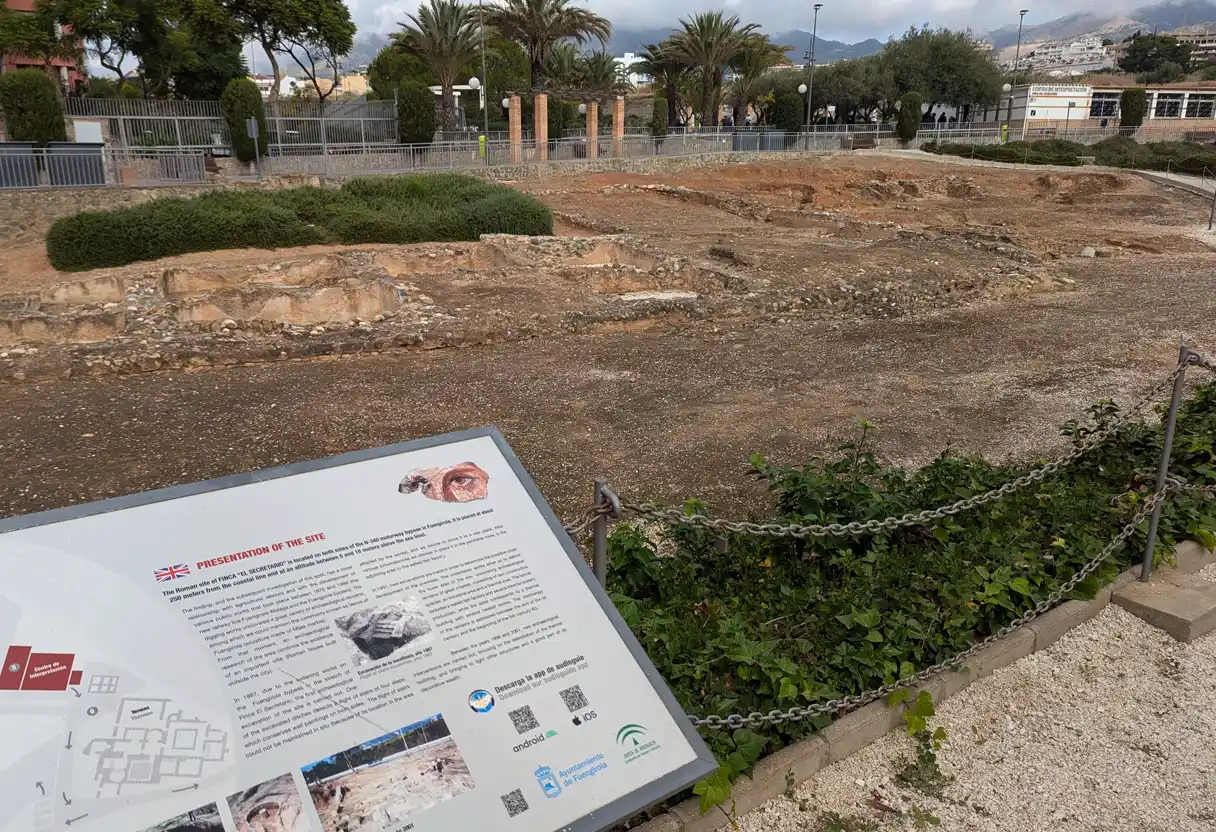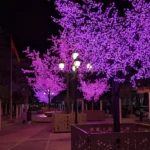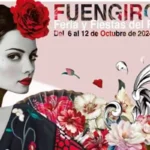Nestled along the picturesque Costa del Sol, Fuengirola is often celebrated for its stunning beaches and vibrant nightlife. However, this charming town has a lesser-known side that delights history buffs and curious travelers alike: its remarkable Roman heritage. With deep historical roots stretching back to ancient times, the remnants of the Roman period offer a unique glimpse into the town’s rich past. In this guide, we invite you to discover the fascinating stories behind these ancient sites and explore how to experience them during your stay in this beautiful region.
As you walk through Fuengirola, you may not realize that beneath its modern façade lie remnants of a time when this area was much different. The Roman heritage in Fuengirola reveals a captivating narrative of architectural prowess and cultural evolution. If you’ve ever wanted to step back in time and experience Spain’s rich history, Fuengirola should be on your itinerary. Let’s delve into the details of this hidden gem, highlighting key insights and practical information to enrich your visit.
Exploring the Roman Heritage of Fuengirola
Fuengirola isn’t just a holiday destination; it boasts a significant historical legacy that dates back to the Roman Empire. The town was once known as Suel, a Roman settlement that played a vital role in the region. The most notable archaeological site is the remains of a Roman villa located in the area known as Finca del Secretario, which showcases exquisite archaeological findings.
Visitors to Finca del Secretario can see well-preserved structures, including remnants of ancient baths (thermae) and industrial facilities used for the production of garum (a type of fish sauce highly prized in Roman cuisine). The site also contains traces of mosaics and walls, offering a peek into the architectural styles of the period. Many of the artifacts uncovered during excavations are now housed in the nearby Museo de Historia de Fuengirola, providing valuable context and storytelling to your exploration.
Additional Insights
- Finca del Secretario was discovered in the 1970s during construction work, revealing an important Roman industrial and residential complex dating from the 1st to the 5th century AD.
- The site is divided into two main areas: the thermal baths and the salting factory, where fish was processed to make garum.
- Garum was a delicacy throughout the Roman Empire, and Fuengirola’s coastal location made it an ideal spot for its production.

How to Reach the Roman Ruins in Fuengirola
Getting to the Roman ruins at Finca del Secretario is straightforward. Located just a short distance from the beach area and Fuengirola’s main promenade, Paseo Marítimo Rey de España, you can easily reach the site from the town center. The ruins are situated near Los Boliches train station, so be sure to explore the surrounding area with its local shops and cafes.
Train
- Cercanías C1 Line: Take the train from Málaga City Centre or other stops along the line to Los Boliches station. From there, it’s a short 5-minute walk (or even less) to the site.
Bus
- Local buses run frequently throughout Fuengirola. Check the local bus schedules for routes that stop near Finca del Secretario.
Car
- Parking: There is limited street parking near the site. Be mindful of parking regulations and fees, especially during peak tourist season when spots may fill up quickly.
- A big public parking lot is available at Avenida Nuestro Padre Jesús Cautivo, about a 10-minute walk away. Just head to Recinto Ferial de Fuengirola (Fuengirola Fairground). Please note that you can’t park there on Tuesdays and Saturdays since the Mercadillo (local market) and El Rastro (a popular flea market) take place on those days.
On Foot or By Bike
- The site is easily accessible on foot or by bicycle from most parts of Fuengirola. Enjoy a leisurely stroll along the promenade before heading inland to the ruins.
- You have a bicycle lane from Recinto Ferial (almost) to Finca del Secretario!

Visiting Information
Park Hours – Yacimiento Romano
- October to April:
- Monday to Sunday: 10:00 AM – 10:00 PM
- May to September:
- Monday to Sunday: 10:00 AM – 12:00 AM (Midnight)
Interpretation Center Hours
September 16 to June 14
- Monday: Closed (except holidays)
- Tuesday to Friday: 10:00 AM – 2:00 PM
- Saturday, Sunday & Holidays:
- Morning: 10:00 AM – 2:00 PM
- Afternoon: 3:30 PM – 6:00 PM
June 15 to September 15
- Monday: Closed (except holidays)
- Tuesday to Friday: 10:00 AM – 2:00 PM
- Saturday, Sunday & Holidays:
- Morning: 10:00 AM – 2:00 PM
- Evening: 7:00 PM – 10:00 PM
Special Closures
- Closed On:
- December 25
- January 1
- January 6
- During special events
- Special Opening Hours:
- December 24 & 31: 10:00 AM – 2:00 PM
Facilities
- Informational panels in multiple languages.
- Guided tours may be available upon request through the Fuengirola Tourist Office.
- No on-site restrooms or cafes, but amenities are available nearby.
Understanding Fuengirola’s Historical Context
To fully appreciate the significance of the Roman site, it’s essential to understand its context within Fuengirola’s broader history. The town has undergone various transformations over the centuries, with influences from the Phoenicians, Romans, Byzantines, Visigoths, Moors, and finally the Spanish Reconquest. Each era left its mark on Fuengirola, contributing to its rich and diverse culture.
The Roman occupation was crucial for the area, bringing development and trade opportunities. The villas and structures discovered at Finca del Secretario were part of a more industrial and residential complex, with areas for the production of goods like garum and luxurious spaces for Roman elites. These remnants provide valuable insight into Roman lifestyles and their influence on the region.
Highlights of the Roman Ruins
As you explore the Roman ruins in Fuengirola, keep an eye out for some unique features:
- Mosaics: Although some mosaics are fragmentary, they offer a glimpse into the artistic craftsmanship of the Romans, featuring geometric patterns and marine motifs.
- Thermae: The remains of the Roman baths at Finca del Secretario are among the best-preserved structures, showcasing Roman engineering and their appreciation for leisure and cleanliness. You can see the different rooms like the caldarium (hot room), tepidarium (warm room), and frigidarium (cold room).
- Garum Factory: One of the more unique aspects of this site is the industrial facility for making garum. You can observe the salting vats where fish was processed, highlighting the economic activities that were vital to the settlement.
These details add layers of understanding to how the Romans lived, worked, and interacted within their communities. Guided tours, when available, offer deeper insights into the historical context and importance of the site.
Complement Your Visit with Nearby Attractions
While exploring the Roman ruins at Finca del Secretario is a highlight of Fuengirola, there are several nearby attractions that can enrich your experience. Visit the Museo de Historia de Fuengirola to delve deeper into the town’s rich past through its extensive collection of Roman artifacts and exhibits covering various historical periods. This museum offers a comprehensive understanding of Fuengirola’s evolution over the centuries.
Another must-see is Sohail Castle, a stunning fortress perched atop a hill overlooking the coast. Originally built by the Moors in the 10th century and later expanded, the castle provides panoramic views of the surrounding area and hosts a variety of cultural events throughout the year. Exploring these attractions will give you a fuller picture of Fuengirola’s diverse heritage and vibrant culture.
Final Thoughts and Extra Tips
Fuengirola’s Roman ruins at Finca del Secretario offer a fascinating glimpse into the town’s rich historical heritage. These remnants reveal captivating stories of ancient life, encouraging us to reflect on how the past continues to shape the present. As you plan your visit, take the time to explore not only the ruins but also the vibrant culture and history that surrounds them.
Whether you’re a history enthusiast or simply a curious traveler, Fuengirola’s Roman heritage promises an unforgettable experience. With easy access, free admission, and a wealth of nearby attractions, there’s every reason to include this hidden gem in your next trip to the Costa del Sol!
Extra Tips for Your Visit
- Wear Comfortable Shoes: The terrain around the ruins can be uneven.
- Stay Hydrated: Especially during the summer months.
- Check Ahead: Confirm opening hours and availability of guided tours with the local tourist office.
- Respect the Site: Help preserve the ruins by not climbing on structures or removing artifacts.
Enjoy your journey through time in beautiful Fuengirola!
One question before you go
We have a challenge for you before you leave our site: What do you think these remains were used for by the ancient Romans?
Leave your answer in the comments below. The closest guess will earn lots of applause from the entire Fuengirola community (well, maybe not exactly… but we’ll gladly cheer you on!)


